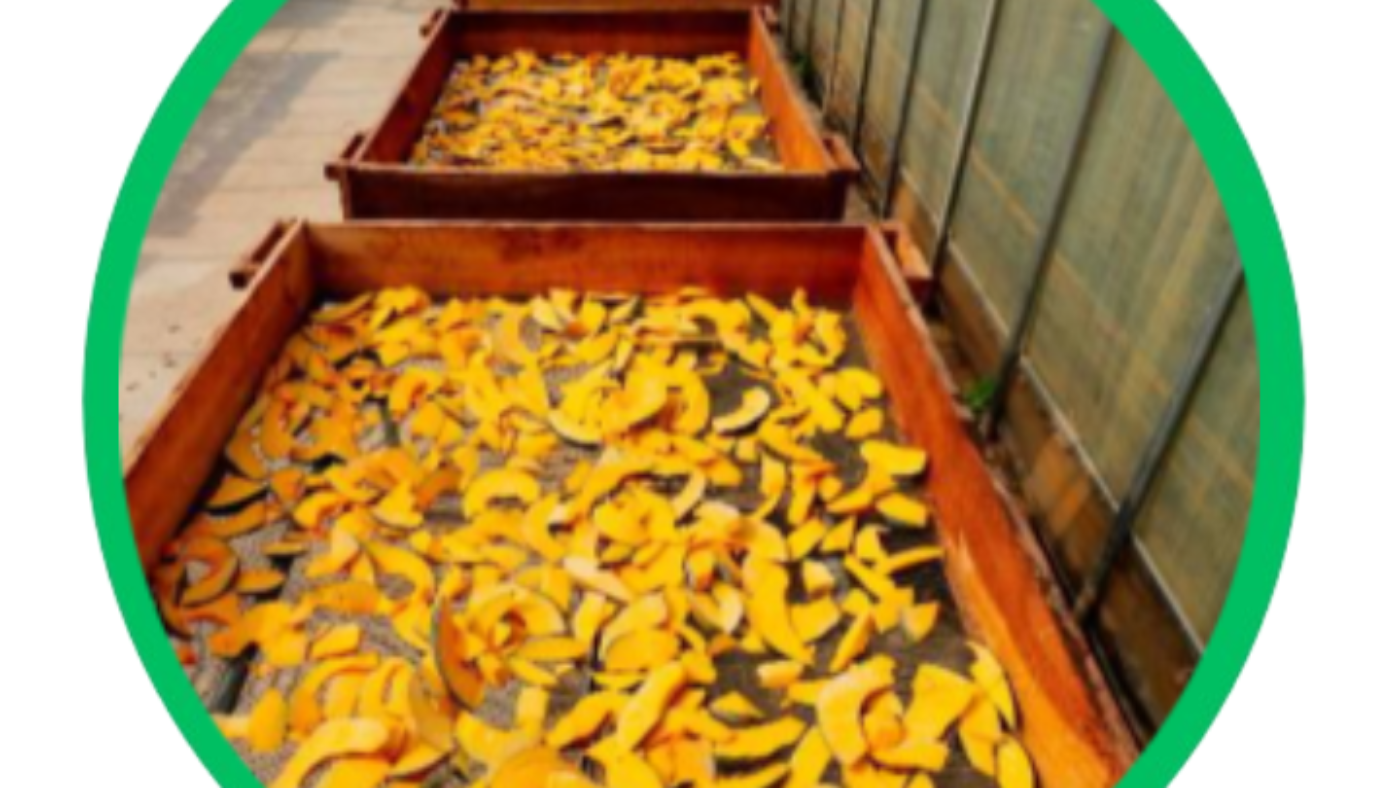The Power of Solar Dryers
At Jangu Tusome, we continuously seek innovative and sustainable solutions to improve the livelihoods of rural communities. One of our key initiatives involves the use of solar dryers to preserve various types of food, including pumpkins. By leveraging solar energy, we not only extend the shelf life of produce but also create diverse, marketable products that enhance the economic prospects of our members.
What We Do
Solar dryers offer a cost-effective and environmentally friendly method for food preservation. Traditional drying methods often expose food to contaminants and require significant time and labor. In contrast, solar dryers provide a controlled environment that protects produce from pests, dust, and weather, ensuring higher quality and safer food products.
Preserving Pumpkins with Solar Dryers
Pumpkins are one of the primary crops we focus on preserving using solar dryers. After harvesting, pumpkins are sliced and placed in the solar dryers. The controlled, low-temperature environment of the solar dryer helps to retain the nutritional value, color, and flavor of the pumpkins while significantly reducing moisture content. This drying process is crucial for preventing spoilage and extending the shelf life of the pumpkins.
Once dried, pumpkins can be processed into various products. Pumpkin flour is one of the most popular products, offering a versatile ingredient that can be used in baking, cooking, and making nutritious beverages. Additionally, dried pumpkin slices and seeds are packaged and sold as healthy snacks. By diversifying the range of products made from pumpkins, we create additional income streams for farmers and add value to their harvest.
Benefits of Solar Drying for the Community
The use of solar dryers brings numerous benefits to our community. First and foremost, it provides a sustainable method of food preservation that does not rely on electricity or fossil fuels. Solar energy is abundant and free, making it an ideal resource for rural areas with limited access to power. This environmentally friendly approach aligns with our commitment to sustainability and reduces our carbon footprint.
Moreover, solar drying enables farmers to reduce post-harvest losses. By preserving their produce more effectively, farmers can avoid the significant losses that often occur due to spoilage and decay. This preservation method ensures that more of their hard-earned harvest is utilized and sold, increasing their overall income and economic stability.
The products created through solar drying also enhance food security within the community. Dried foods have a longer shelf life and can be stored for use during off-seasons or periods of scarcity. This ensures a steady supply of nutritious food year-round, improving the overall health and well-being of community members.
Empowering Women and Promoting Entrepreneurship
Our solar drying initiative also empowers women in the community. Many women are actively involved in the food processing stages, from preparing produce for drying to packaging and marketing the final products. This involvement provides them with valuable skills and income-generating opportunities, fostering economic independence and boosting their confidence.
In addition, the production and sale of dried food products open up entrepreneurial avenues for community members. With training and support, farmers and their families can explore new business opportunities, such as setting up small-scale food processing enterprises. These ventures contribute to the local economy and create jobs, further strengthening the community’s resilience and prosperity.


Add a Comment